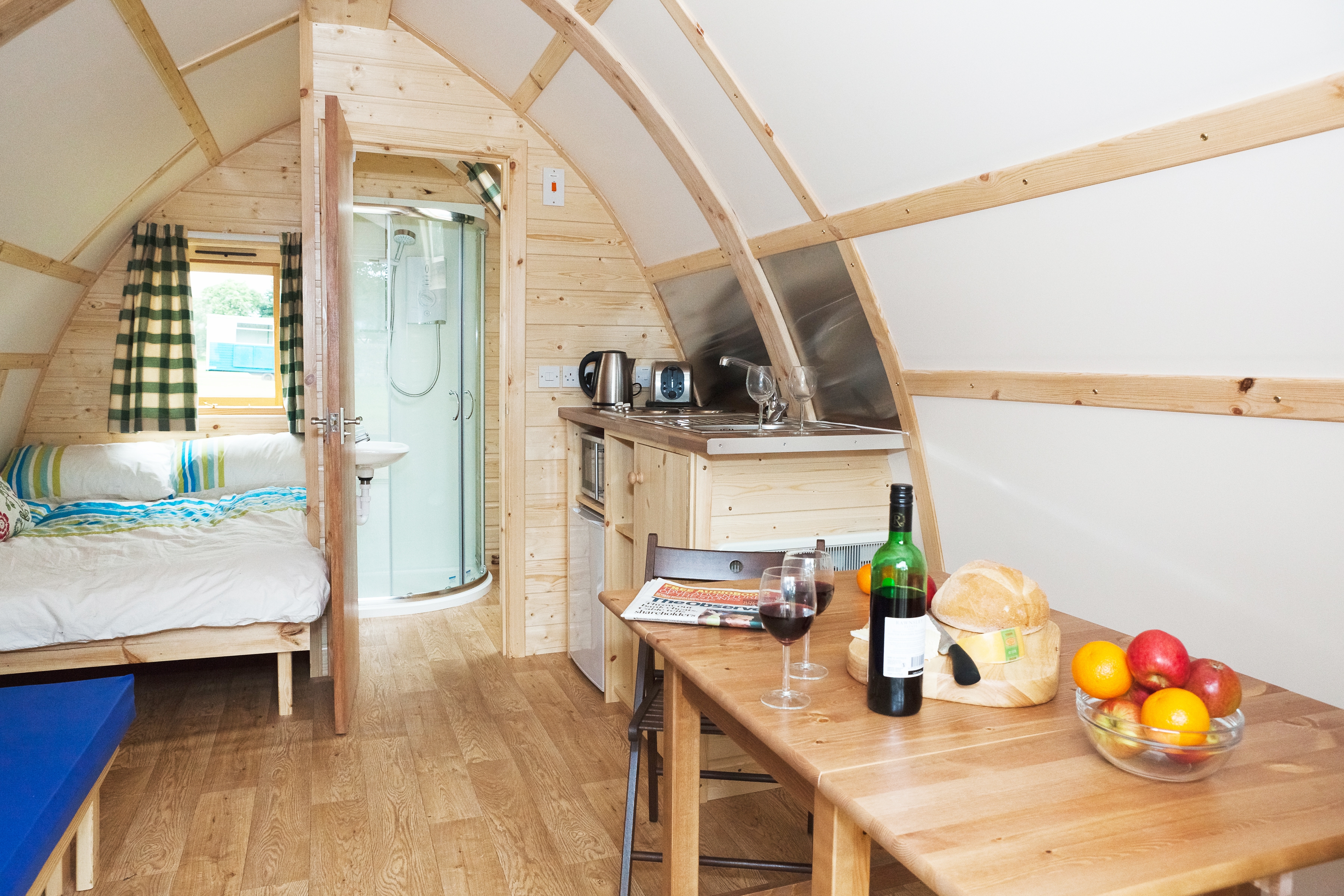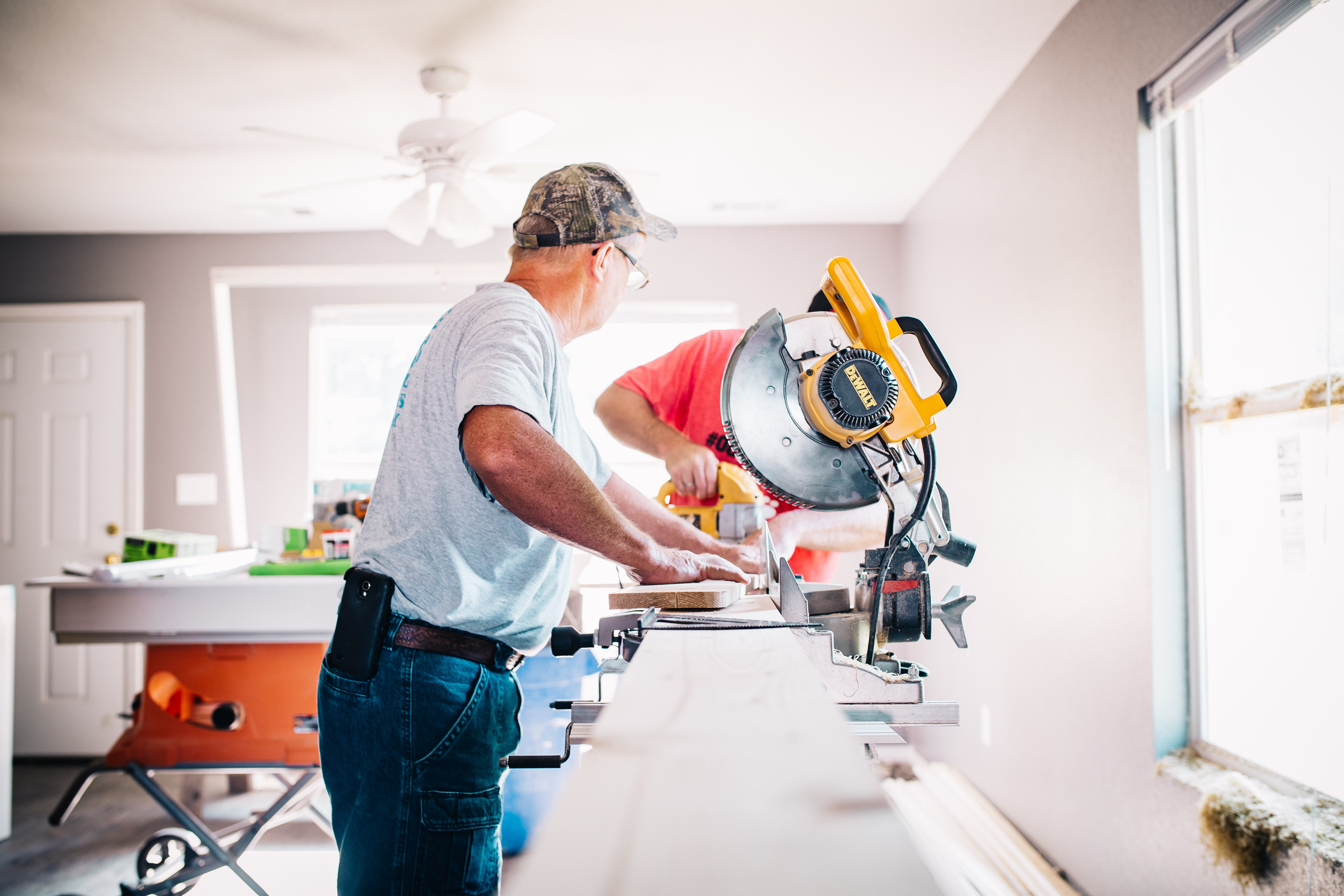
5 Essential Steps To Starting Your Own Glamping Site
Glamping combines the creature comforts you’d expect to find at home, like heating and electricity, with the great outdoors that you’d experience with traditional camping. It’s a booming industry and a favourite among avid ‘staycationers’, allowing people of all ages to discover new places all around the UK.
Glamping is a great option for people interested in the hospitality industry because camping and caravanning have been experiencing consistent growth over the last few years. It’s often relatively fast and affordable to get started in glamping compared to some other hospitality business types, especially if you choose to become a franchisee for an existing glamping brand.
Today, we’re going over five steps for setting up your very own glamping site. Make sure to also check out our blog post on five essential steps to starting a glamping business for more tips on how to set up your company. We have several more articles around running a glamping business here.
Choose & evaluate your site
You might already have the perfect spot in mind for your glamping site. It might be a beautiful corner of your farmland between a picturesque riverbank and adorable farm animals your guests can interact with. Or, it could be a patch of land you know is on sale or that you hope you can convince your neighbour to rent out to you.
Next, take a very realistic look at the site you’re considering. For example, what’s the access to the site like? Being within reach of public transport is a huge plus, especially if you can offer pickup from the nearest bus stop or train station.
You should also keep in mind that on average, people are willing to drive a couple of hours to get to their campsite. All local attractions, such as pubs, restaurants, parks and tourist attractions, are features that add value to your site and could benefit your occupancy.
You’ll also want to make sure you can have parking spaces within a few minutes’ walk from the accommodation. While glamping eliminates the need for much of the bulky gear you’d have to lug around for camping, many people still pack a good deal for a glamping trip. If they need to make several trips back and forth from the car and there’s a fair trek involved, they won’t be very happy campers, literally!
Figure out whether you need planning permission
You may or may not need planning permission to install camping pods and facilities like bathrooms, so make sure to check with your local authorities whether you need to apply for one. Look out for a blog post all about planning permissions for glamping sites very soon!
In a nutshell, though, we can say that you’re most likely to need planning permission for your accommodation and facilities, so you should definitely get in touch with your local planning authorities to make sure you know what paperwork you’ll need to submit.
Keep in mind that while most of the time, you’ll need planning permission for your accommodation, you’ll need different permissions for canvas tents and wooden camping pods. The kind of permit you’ll require also depends on the percentage of the year that you plan on staying open.

Get your campsite ready for guests
As we talked about in our last blog post about starting a glamping business, you’ll need to figure out how to add the ‘glam’ factor to your glamping site. This could consist of things like ensuite bathrooms and fridges in your camping pods, as well as unique selling points your location and resources make possible.
This might be a beautiful sea view, private hot tubs or things like yoga classes or spa treatments on site. Plan your campsite so that it highlights the unique beauty of the location and map out space for any additional services you want to provide.
You’ll also need to consider what facilities you’ll need to provide and whether you have space for them. If your chosen glamping accommodation doesn’t come with running water, you’ll need to install a communal bathroom and shower area near your pods or tents. Do you want to offer electrical outlets in the accommodation itself?
Having some of these comforts available is what sets glamping apart from camping, but they also mean you’ll need planning permission. You’ll also need to dig trenches for wiring and pipes.
Infrastructure considerations
From an infrastructure point of view, there are several things you’ll need to keep in mind when choosing your site and planning your budget for transforming it into a functional glamping site. First of all, you’ll need to plan for pedestrian and vehicle access to your camping pods, so make sure to factor some decent road surface to your site into your budget.
Secondly, you’ll need to consider the necessary services for your campgrounds. You’ll need running water on your site; are you going to get it from the mains or an independent supply, such as a borehole? What about sewage; would you rather have disposal directly into the mains, into a septic tank or something like a reed bed?
Many camping pods also require electricity. How much you’ll need varies on your chosen accommodation, but you’re likely to need something close to 15-20kW of electricity per cabin. You can choose to get your electricity straight from the grid or go off-grid with something like bottled LPG gas or locally generated green energy.

Hire the right tradespeople
Camping pods often arrive pre-built, including Wigwam® cabins. This makes installing them a relatively easy job, but since the structures are still sizeable, you’ll probably need some extra hands to help with getting them up and running. You’ll also need to have the right foundations prebuilt before installing your pods and have enough space to give access for a lorry to deliver them.
If you need professional help installing your glamping accommodation and other facilities, do your research to find trustworthy, skilled tradespeople. Do some homework online and ask for recommendations from friends and family, but don’t stop there: make sure you ask to see any certifications a trader says they have. You can also use this tool to find TrustMark certified tradespeople in your area.
If you’re interested in starting out in the glamping industry, you can read about becoming a Wigwam® franchisee by following the link below.

